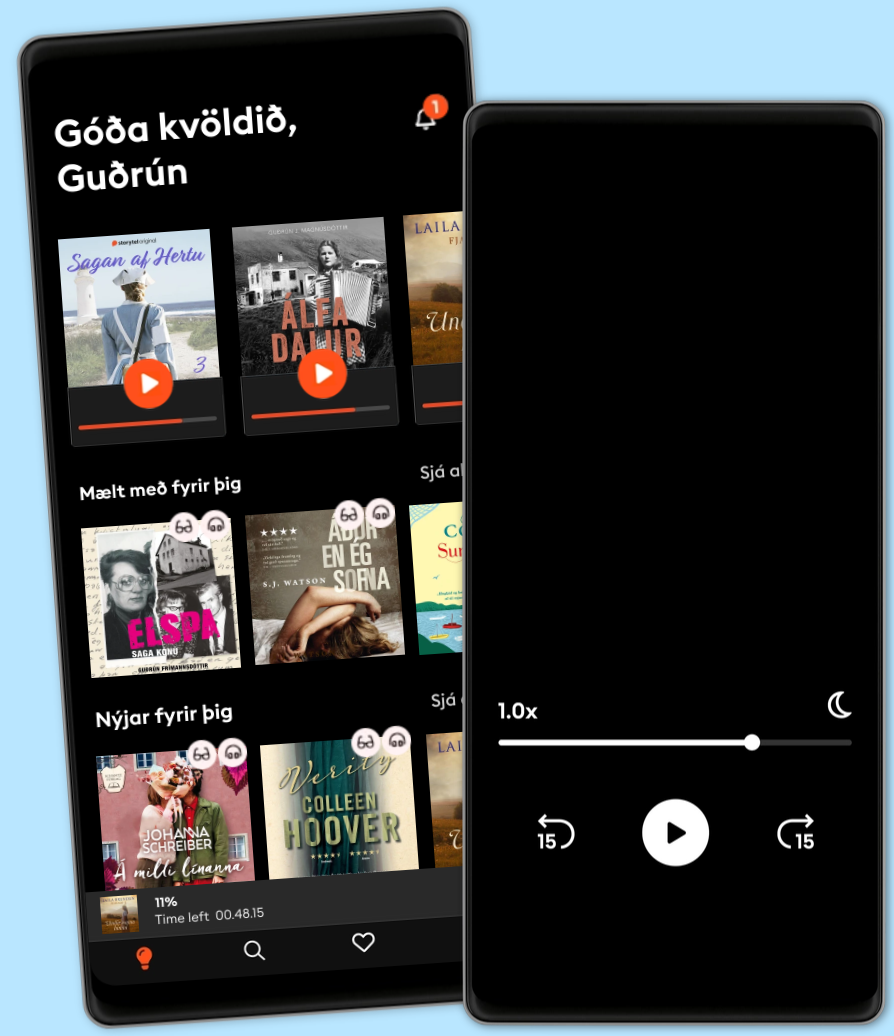Hlustaðu og lestu
Stígðu inn í heim af óteljandi sögum
- Lestu og hlustaðu eins mikið og þú vilt
- Þúsundir titla
- Getur sagt upp hvenær sem er
- Engin skuldbinding

The Cathedral Builders
- Höfundur
- Útgefandi
- Tungumál
- enska
- Format
- Flokkur
Óskáldað efni
In most histories of Italian art we are conscious of a vast hiatus of several centuries, between the ancient classic art of Romewhich was in its decadence when the Western Empire ceased in the fifth century after Christand that early rise of art in the twelfth century which led to the Renaissance.This hiatus is generally supposed to be a time when Art was utterly dead and buried, its corpse in Byzantine dress lying embalmed in its tomb at Ravenna. But all death is nothing but the germ of new life. Art was not a corpse, it was only a seed, laid in Italian soil to germinate, and it bore several plants before the great reflowering period of the Renaissance.The seed sown by the Classic schools formed the link between them and the Renaissance, just as the Romance Languages of Provence and Languedoc form the link between the dying out of the classic Latin and the rise of modern languages.Now where are we to look for this link?In language we find it just between the Roman and Gallic Empires.In Art it seems also to be on that borderlandLombardywhere the Magistri Comacini, a mediæval Guild of Liberi Muratori (Freemasons), kept alive in their traditions the seed of classic art, slowly training it through Romanesque forms up to the Gothic, and hence to the full Renaissance.
© 2021 FILROUGEVICEVERSA (Rafbók): 9783985942831
Útgáfudagur
Rafbók: 27 augusti 2021
Aðrir höfðu einnig áhuga á...
- Bowling Alone: Revised and Updated: The Collapse and Revival of American Community Robert D. Putnam
- Postmark Paris: A Story in Stamps Leslie Jonath
- Cradle of Life: The Discovery of Earth's Earliest Fossils J. William Schopf
- Living World Rick Siggelkow
- A French Restoration Clive Kristen
- Groundwork: A History of the Renaissance Picture David Young Kim
- Gold, Silver, and Bronze: Metal Sculpture of the Roman Baroque Jennifer Montagu
- Desire and Excess: The Nineteenth-Century Culture of Art Jonah Siegel
- Raising Olives in Provence: A Guide for Body and Soul Kenneth R. Timmerman
- World Make Way: New Poems Inspired by Art from The Metropolitan Museum Lee Bennett Hopkins
- Út við svala sjávarströnd Birgitta H. Halldórsdóttir
4
- Dauðinn einn var vitni Stefán Máni
4.4
- Opinberanir Torill Thorup
4.3
- 17 ástæður til að drepa Unnur Lilja Aradóttir
4
- Ástríðan í fjöllunum Karin Härjegård
4.3
- Lára missir tönn Birgitta Haukdal
4.6
- Ég er ekki dáinn Erik Engelv
3.8
- Ég ætla að djamma þar til ég drepst Ívar Örn Katrínarson
4.4
- Völundur Steindór Ívarsson
4.3
- Jólabókarleitin Jenny Colgan
3.6
- Þar sem hjartað slær Birgitta H. Halldórsdóttir
4.2
- Heim fyrir myrkur Eva Björg Ægisdóttir
4.2
- Lykillinn Kathryn Hughes
4.4
- Hann átti mig: Sönn saga um það að komast lifandi frá ofbeldismanni Leone Milton
4.3
- Vigdís - Kona verður forseti Páll Valsson
4.6
Veldu áskrift
Yfir 900.000 hljóð- og rafbækur
Yfir 400 titlar frá Storytel Original
Barnvænt viðmót með Kids Mode
Vistaðu bækurnar fyrir ferðalögin
Unlimited
Besti valkosturinn fyrir einn notanda
1 aðgangur
Ótakmörkuð hlustun
Yfir 900.000 hljóð- og rafbækur
Engin skuldbinding
Getur sagt upp hvenær sem er
Family
Fyrir þau sem vilja deila sögum með fjölskyldu og vinum.
2-6 aðgangar
100 klst/mán fyrir hvern aðgang
Yfir 900.000 hljóð- og rafbækur
Engin skuldbinding
Getur sagt upp hvenær sem er
2 aðgangar
3990 kr /á mánuðiÍslenska
Ísland